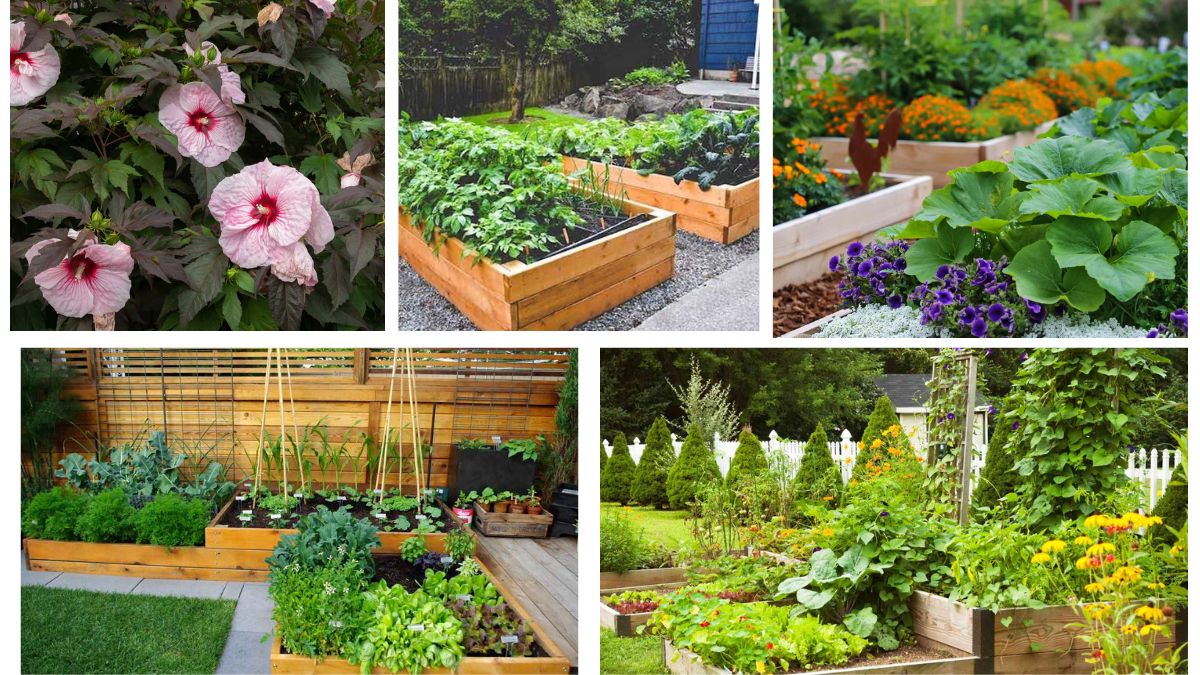Starting your own vegetable garden is one of the most rewarding ways to connect with nature, save on grocery bills, and enjoy fresh, organic produce right from your backyard. But one of the most frequent questions aspiring gardeners ask is: “How much space do you need for a vegetable garden?”
The answer largely depends on your personal goals, available land, the number of people you plan to feed, and the types of vegetables you wish to grow. Whether you’re planning a compact patio container garden or a full-sized backyard plot, understanding space requirements is the first step toward a successful and productive harvest.
In this article, we’ll explore the factors that influence vegetable garden size, offer guidelines for different garden scales, and provide tips on efficient garden planning to maximize yield from any space.
Factors That Determine Vegetable Garden Space Needs
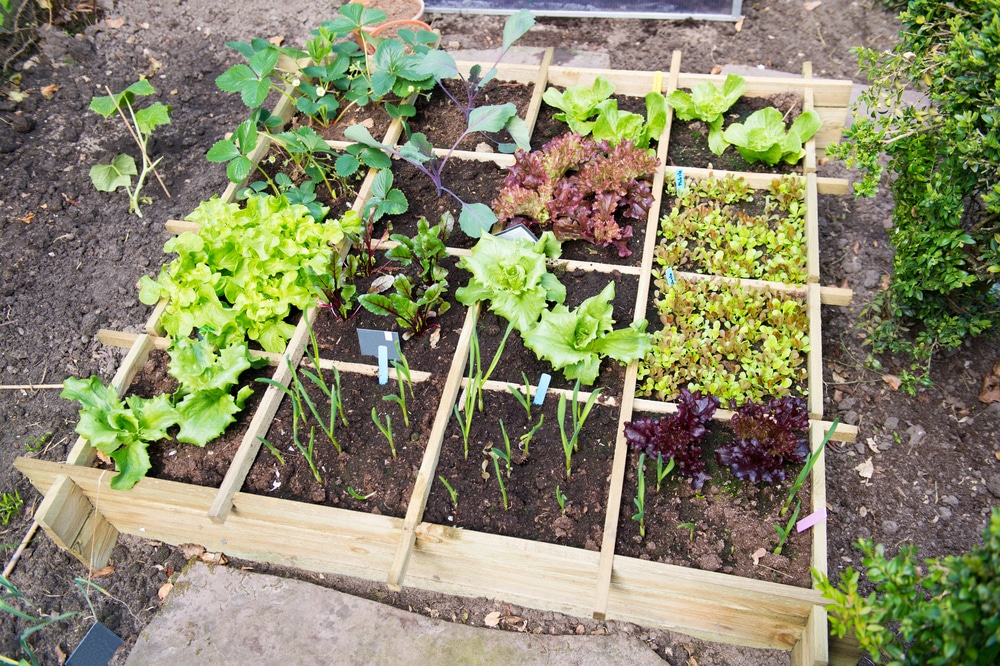
The ideal size of a vegetable garden varies for each household and gardener. Several important factors help determine how much space you’ll need:
1. Number of People You’re Feeding
A basic starting point is to consider how many people you’ll be growing for. Generally:
- 100–200 square feet per person is recommended for a self-sufficient vegetable garden.
- Smaller, kitchen gardens for fresh seasonal produce can thrive in as little as 50–100 square feet.
2. Types of Vegetables You Want to Grow
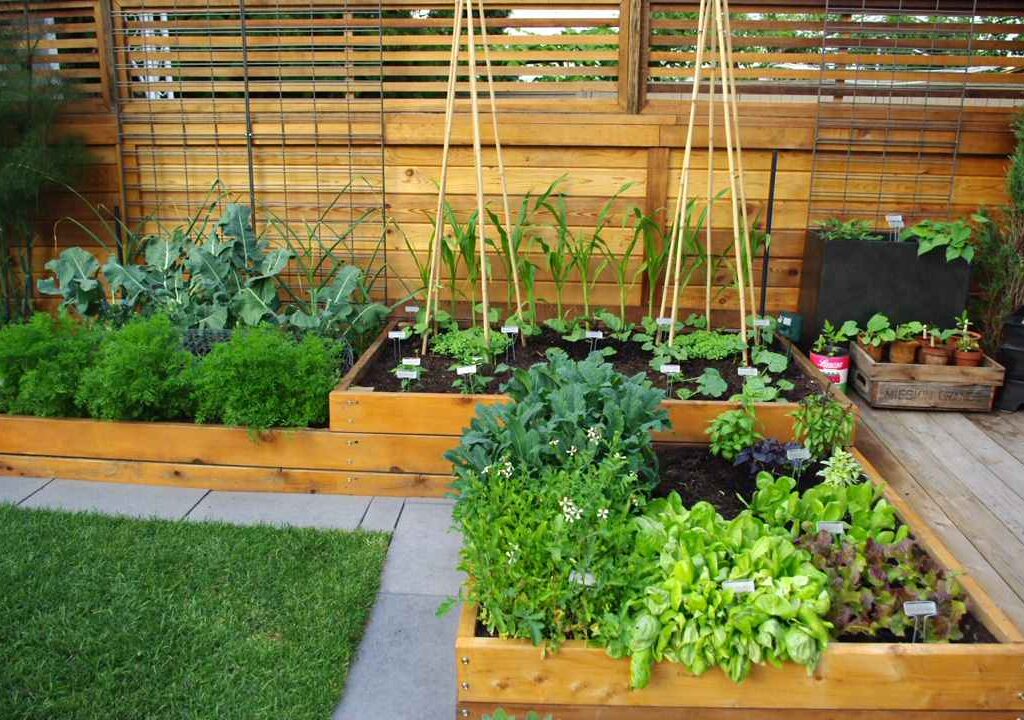
Different crops have vastly different space requirements.
Space-hungry crops:
- Pumpkins, melons, corn, squash, and potatoes need more room.
Compact or vertical-friendly crops:
- Lettuce, radishes, carrots, herbs, peas, and pole beans can thrive in small or vertical spaces.
3. Growing Method (Rows, Raised Beds, or Containers)
- Traditional row gardening takes up more space with pathways between rows.
- Raised bed gardening is space-efficient, requiring less room for walkways and better soil control.
- Container gardening suits patios, balconies, and tight spaces.
4. Available Sunlight
Most vegetables need 6–8 hours of direct sunlight. Limited sun exposure may restrict where and how much space you can allocate for your garden.
5. Time and Maintenance Commitment
Larger gardens require more maintenance — watering, weeding, fertilizing, and harvesting. Choose a garden size you can realistically manage.
Suggested Garden Sizes by Goal
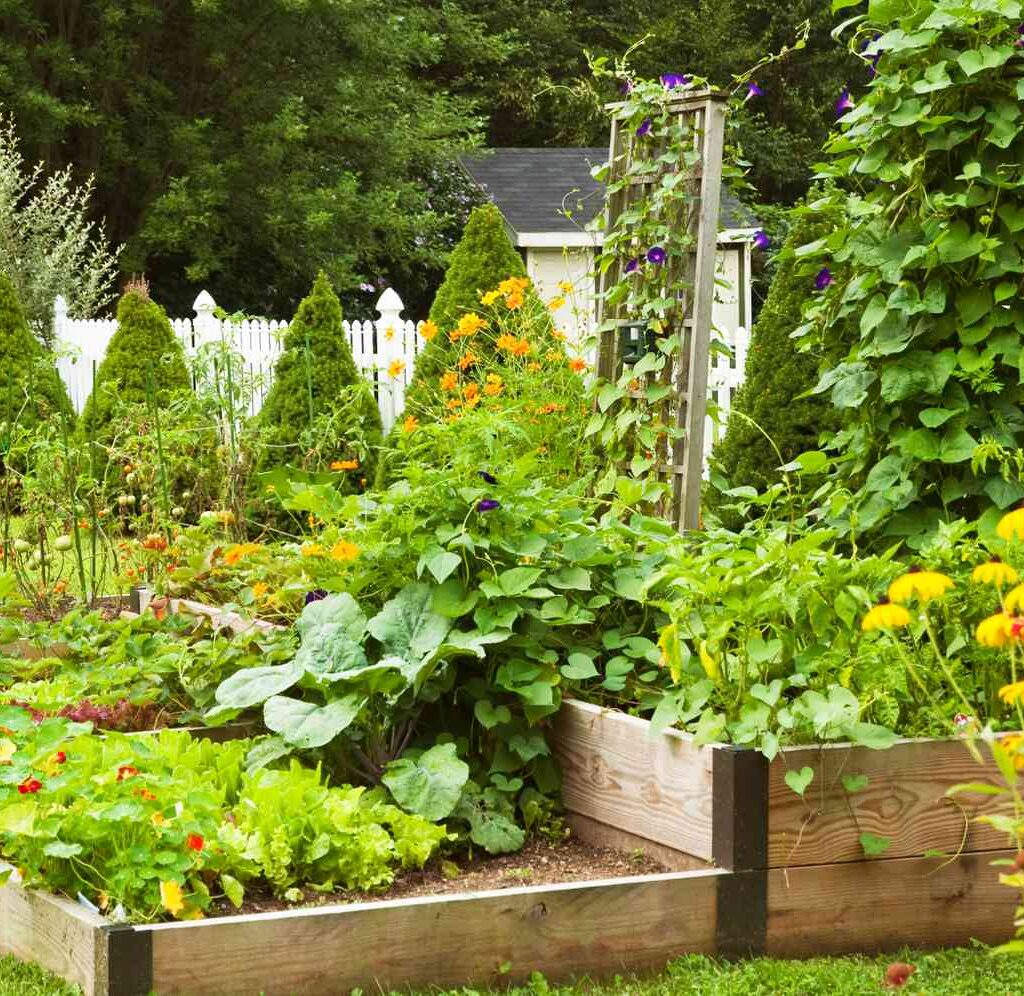
Here’s a useful guideline to estimate how much space you might need based on your gardening goals:
| Goal | Recommended Garden Size |
|---|---|
| Herb or salad garden | 10–30 sq. ft. |
| Small kitchen garden (2–3 people) | 50–100 sq. ft. |
| Full vegetable garden (family of 4) | 400–800 sq. ft. |
| Self-sufficient homestead garden | 2,000–4,000 sq. ft. |
How Much Space Do Individual Vegetables Need?
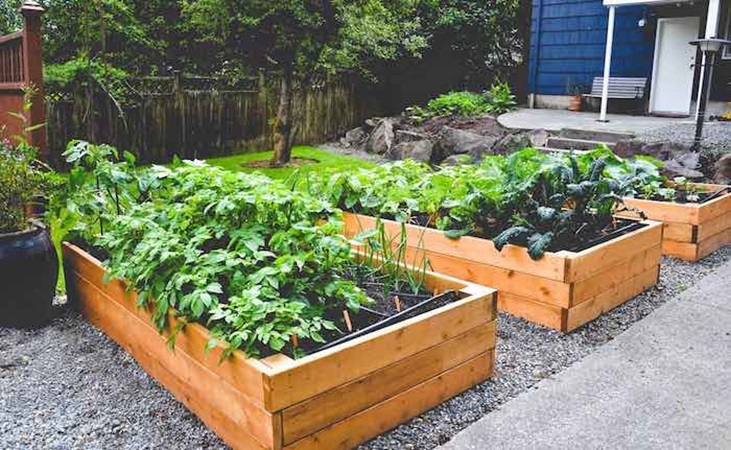
Different vegetables require varying amounts of space for optimal growth. Planning for proper plant spacing prevents overcrowding, improves air circulation, and reduces disease risks.
| Vegetable | Plant Spacing | Row Spacing (if applicable) |
|---|---|---|
| Tomatoes | 18–24 inches apart | 30–36 inches between rows |
| Lettuce | 6–12 inches apart | 12 inches between rows |
| Carrots | 2–3 inches apart | 12 inches between rows |
| Beans (pole) | 4–6 inches apart | 24 inches between rows |
| Peppers | 18–24 inches apart | 24–30 inches between rows |
| Zucchini | 24–36 inches apart | 36 inches between rows |
| Cucumbers | 12–18 inches apart | 36 inches between rows |
Note: Raised beds and square-foot gardening eliminate row spacing, allowing tighter plant spacing while maintaining good yields.
Planning a Vegetable Garden for Limited Spaces
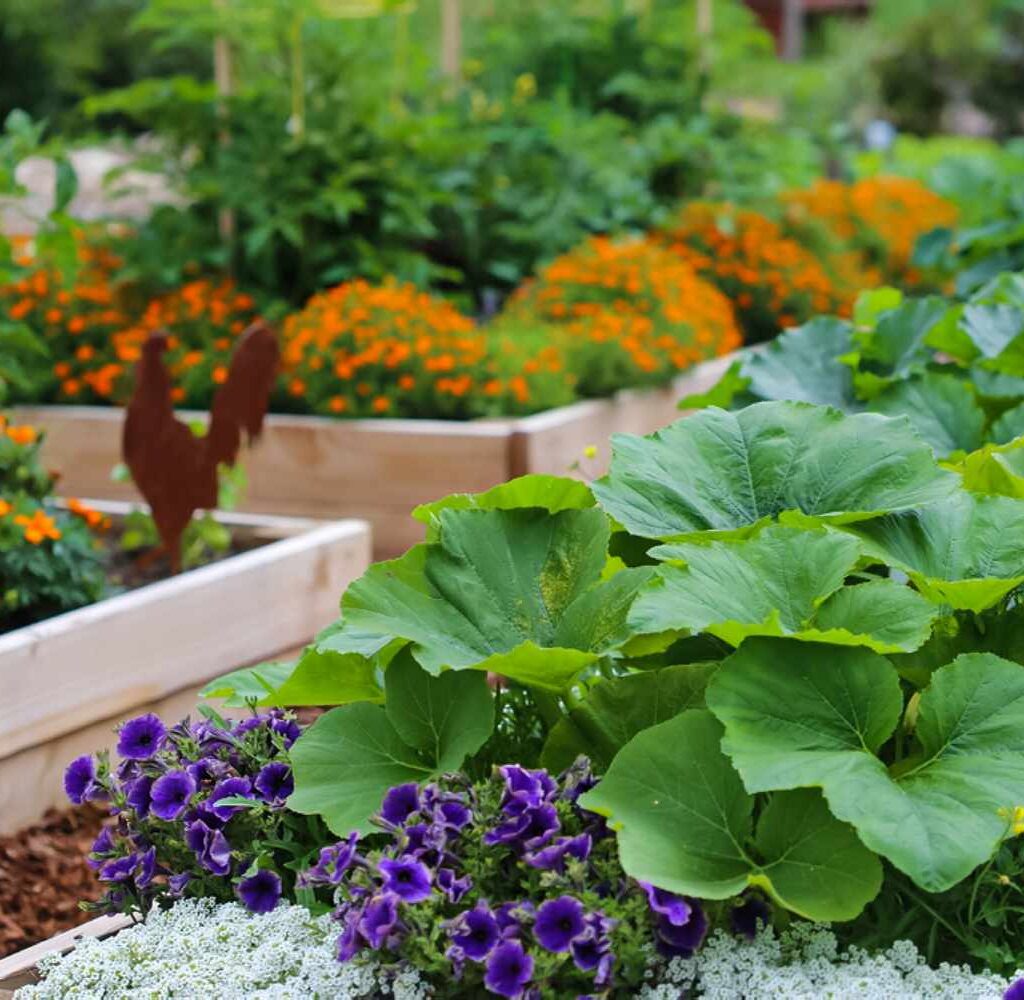
Even if you only have a balcony or small backyard, you can still grow plenty of fresh produce.
Tips for small gardens:
- Use vertical gardening techniques like trellises for peas, beans, cucumbers.
- Grow compact vegetable varieties bred for containers.
- Install raised beds or grow in window boxes and hanging baskets.
- Prioritize fast-growing, high-yield crops like lettuce, radishes, spinach, and herbs.
Example: A 4×4 foot raised bed (16 sq. ft.) can hold:
- 16 lettuce plants
- 9 bush beans
- 4 tomato plants
- 16 carrots
- 4 pepper plants
Designing an Efficient Vegetable Garden Layout
Proper garden layout ensures efficient use of space, simplifies maintenance, and maximizes yield.
Raised Bed Gardening
- Beds should be 3–4 feet wide (for easy reach from both sides) and 6–10 inches deep.
- Pathways between beds should be 18–24 inches wide.
- Group vegetables by their space needs, sunlight preferences, and watering requirements.
Square Foot Gardening
A popular method for small spaces:
- Divide a raised bed into 1-foot squares.
- Plant specific numbers of each crop per square based on its size (e.g., 1 tomato or 16 carrots per square).
Vertical Gardening
Use vertical supports for climbing or vining plants to free up horizontal space. Ideal for:
- Pole beans
- Peas
- Tomatoes
- Cucumbers
- Squash
Maximizing Space in a Larger Garden
If you have ample space, you can:
- Rotate crops seasonally.
- Plant space-intensive vegetables like corn, pumpkins, and potatoes.
- Include perennial crops (asparagus, rhubarb) in dedicated areas.
- Incorporate fruit trees or berry bushes around the perimeter.
Common Mistakes to Avoid
| Mistake | Consequence |
|---|---|
| Overcrowding plants | Poor air circulation, disease |
| Ignoring sun and shade patterns | Stunted growth, low yields |
| Underestimating plant size | Overlapping plants, competition |
| Poor soil preparation | Nutrient deficiencies |
| Skipping a garden plan | Inefficient space use, chaos |
Essential Space-Saving Techniques
Even modest gardens can be productive with smart planning:
- Succession planting: Sow new crops as soon as one finishes.
- Intercropping: Grow quick crops like radishes between slower ones like cabbage.
- Companion planting: Pair plants that benefit each other (e.g., basil with tomatoes).
- Container gardening: Use pots for herbs, lettuce, and peppers on patios or balconies.
Conclusion
So, how much space do you need for a vegetable garden? It depends on what you want to grow, who you’re feeding, and how much time you can commit.
- Small kitchens or balconies can thrive with 10–50 square feet or several containers.
- Average family gardens need 100–400 square feet for seasonal harvests.
- Self-sufficient gardens require up to 2,000–4,000 square feet or more.
Regardless of your space, careful planning, efficient layouts, and smart growing techniques can turn even the smallest plot into a productive vegetable haven. Whether you have a backyard, balcony, or patio, there’s always room to grow something fresh and delicious.
